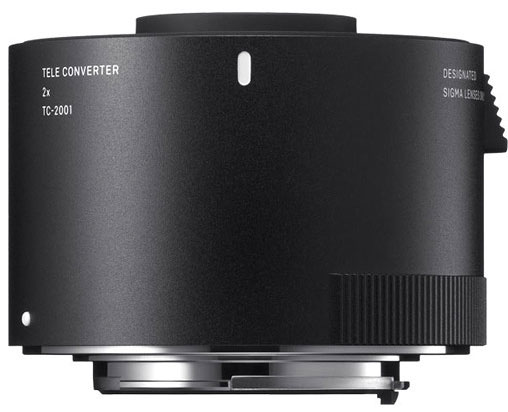I’ve given #traveltuesday the day off…again, as I attempt to re-orient my schedule of “day themes” for this blog. Who knows, I may just toss the whole concept out completely?
Today’s Post by Joe Farace
“When you’re shooting with long lenses, even if you’re shooting a close-up, you feel the air, the distance between the camera and the subject.”—Emmanuel Lubezki
A teleconverter aka tele extender is a secondary lens that’ can be mounted between a camera body and a lens to enlarge the central part of a captured image to produce greater magnification by increasing the lens’s focal length.—That’s one definition.
A 2X extender doubles the (apparent) focal length of a lens but there’s no free lunch. It also gobbles up light to the tune of two f/stops. This does not necessarily halve the resolution of a digital or film image. This is not necessarily a bad trade but if you put it on a slower—smaller aperture—lens it can cause focusing problems. That’s because many camera’s autofocus systems require a lens aperture of f/8 or less in order to function effectively. So do the math before attaching a 2X extender to a smaller aperture zoom lens and be sure to read your camera manual, as painful as that may be for some of us.
Caveat: Using a teleconverter with an existing lens is usually less expensive than acquiring a separate, longer telephoto lens but as the teleconverter is magnifying the existing image circle, it also magnifies any lens aberrations.

How I Made this Photograph
Having a teleconverter can be useful for macro work because it magnifies the size of small objects, such as this butterfly that I photographed at Denver’s Butterfly Pavilion using a Canon EOS 5D Mark I and an EF 50mm f/2.5 Compact Macro lens with 2X teleconverter attached. The exposure was 1/25 sec at f/14 and ISO 400 with an (expensive) Canon MR-14 EX II ringlight used as a light source. If a ring light is something you may only use occasionally, I’ve been told—but don’t personally know, I haven’t tried one—that the YONGNUO YN-14EX TTL Macro Ring Flash does a similar job at considerably less cost. (Caveat: I don’t know what the effect of tariffs might have on that price.)
 There may be times when you don’t need a 2x lens conversion and other times when you just can’t afford the two stops of light loss. That’s when you may prefer to use a 1.4x teleconverter that will turn a 300mm lens into 420mm but only decreases the maximum lens aperture by one f/stop. Tip: Having two teleconverters in your camera bags triples the number of focal lengths that you have available and the prices ($399 for Sigma 2X models) for these devices, depending on your financial frame of reference, may represent an optical bargain.
There may be times when you don’t need a 2x lens conversion and other times when you just can’t afford the two stops of light loss. That’s when you may prefer to use a 1.4x teleconverter that will turn a 300mm lens into 420mm but only decreases the maximum lens aperture by one f/stop. Tip: Having two teleconverters in your camera bags triples the number of focal lengths that you have available and the prices ($399 for Sigma 2X models) for these devices, depending on your financial frame of reference, may represent an optical bargain.
If you enjoyed today’s blog post and would like to buy Joe a cup of Earl Grey tea or maybe a cup of hot chocolate ($2.50), click here. And if you do, thanks so much.